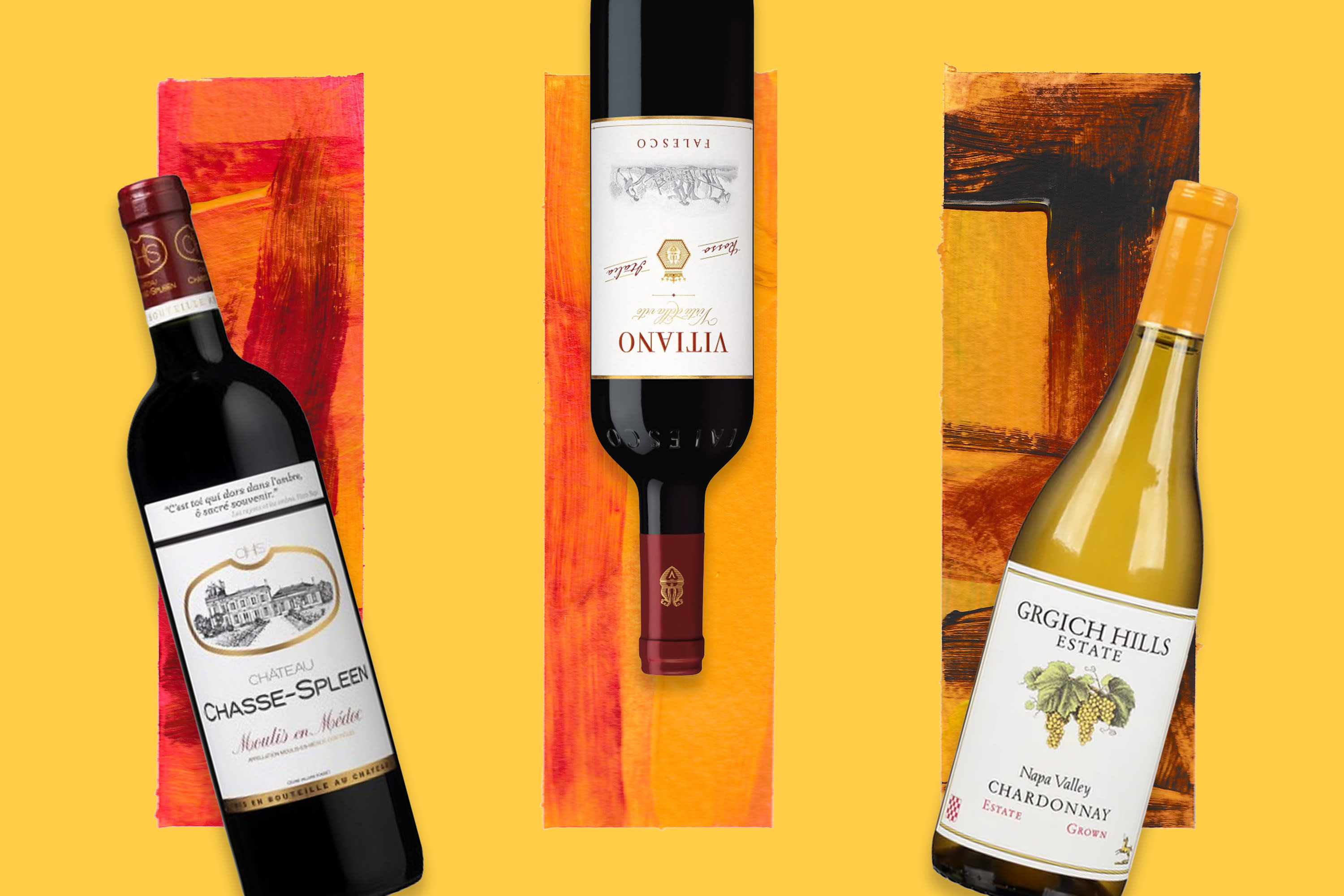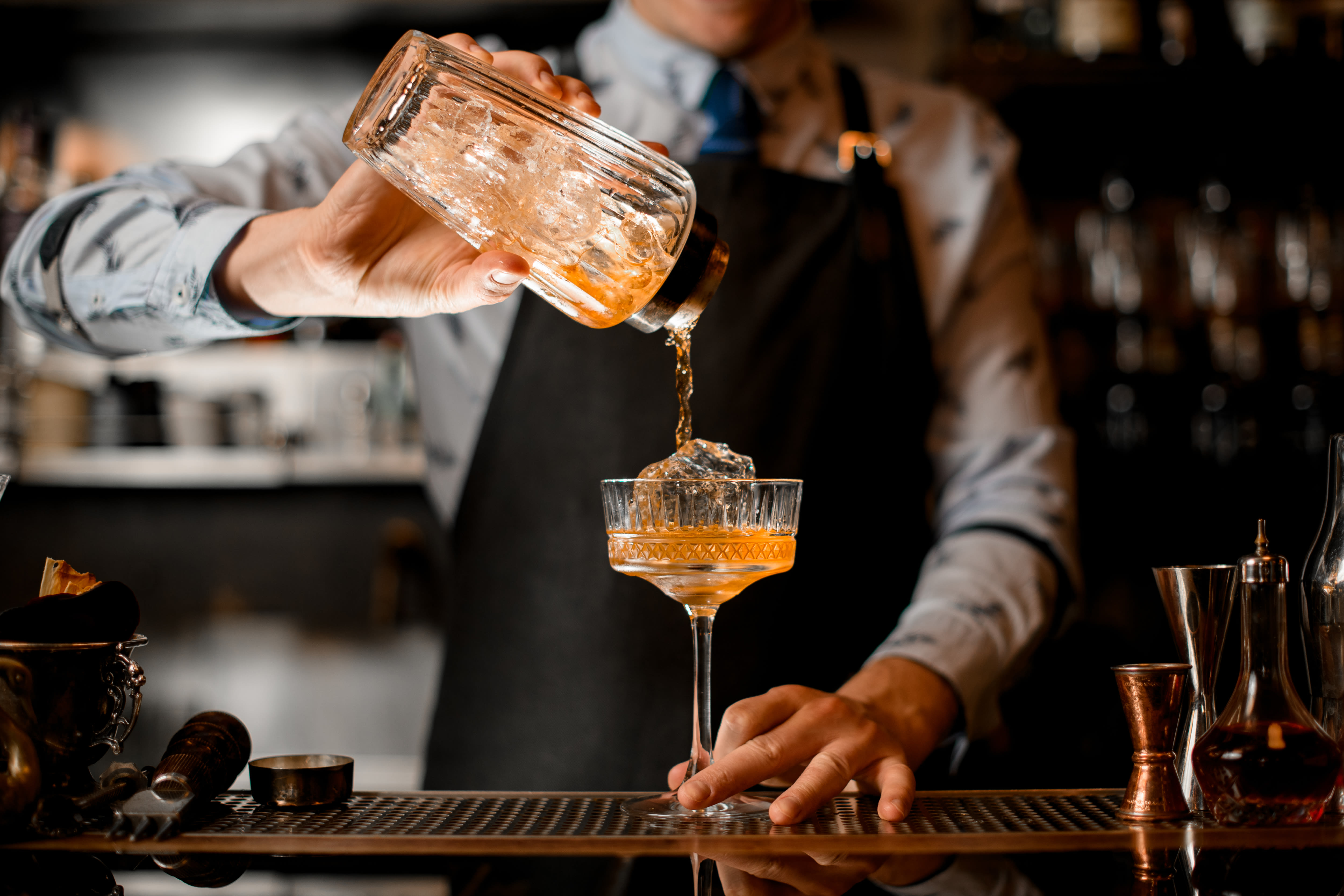Bordeaux Wines Are Getting Stronger and Maturing More Quickly. Here's Why.

Bordeaux wines can now be consumed much younger than in previous decades.
Another Forks & Corks Food and Wine Festival has come and gone, and I'm still thinking about Bordeaux two weeks later. Why? I've recommended that readers attend the festival's Bordeaux seminars in the past, and I made sure to attend this year's, where a number of winemakers went deep in describing how the process of making Bordeaux has changed in recent years, leading to wines with a higher alcohol content that can be consumed at a younger age.
Presenting were four winery ambassadors representing six chateaux, and they each presented two wines of 2018 or 2019 vintage. The moderator was Dan Snook, a négociant, or wine trader, who lives in the area.
Bordeaux is steeped in tradition. Wines are made from grapes grown contiguous to the chateaux, each has its own blended style and proprietors pass down ownership over generations. These practices have enabled Bordeaux winemakers to become the epitome of cabernet sauvignon producers in the world—and, consequently, they have also made their wines quite expensive.
The panelists described how, for eons, winemakers used new barrels to ferment and age the wines, which made them tannic when young, but long-lasting. Last year, I declared Château Lagrange's 2005 as best of show, and it was still young even after 18 years. But, over the past few decades, and with increasing worldwide competition, these winemakers found their wines becoming less popular and began to look toward wines that were more enjoyable early. Snook described the new taste as “soft.” The winemakers accomplished this by using fewer new barrels and by initiating the harvest by tasting the grapes on the vine.
The degree of sugar in the grapes is directly correlated to the amount of alcohol in the finished wine, and instruments called saccharometers measure the grapes' "brix," a term that refers to the fruit's sugar content. A brix of 22, for example, would roughly correspond to a wine with 12 percent alcohol, if the maker is following traditional methods.
But as Bordeaux makers began tasting the grapes instead of relying on saccharometers, the sugar levels became much higher and, as a result, so did the alcohol content. While the wines have become softer and more drinkable at a younger age, the alcohol level has risen to 14.5 percent or greater.
Another important factor in the changing style is climate change. Although Bordeaux vineyards suffer from cold and hail in the spring, summers have become extremely hot. This benefits cabernet sauvignon, giving it greater depth and character. However, vines need to be tended to shield the grapes from sunburn.
I tried all six wines discussed and found them enjoyable, but not remarkable. The wines were well balanced and did not present the “burn” typical of wines with more alcohol in them. Due to their prestige and limited availability, prices for these wines have always been high, but the panelists argued that the wines are worth it, and Bordeaux wines typically rise in value over time.
The Sarasota-Manatee Originals, under the watchful gaze of co-founder Michael Klauber, did a wonderful job of organizing this year's event. Learning the styles of the various chateaux, comparing the tastes, choosing favorites and sharing the results with friends was, and is, a very satisfying experience.
Bob McGinn has spent his entire career in the wine industry—forming wine clubs, working in wine sales marketing and engaging in all facets of the winemaking process, including vine management, fermentation and yeast analysis. He has developed wine programs for companies such as Marriott, Sheraton and Smith & Wollensky, and consults with local restaurants. You can read more of McGinn’s work at gulfcoastwinejournal.com.



